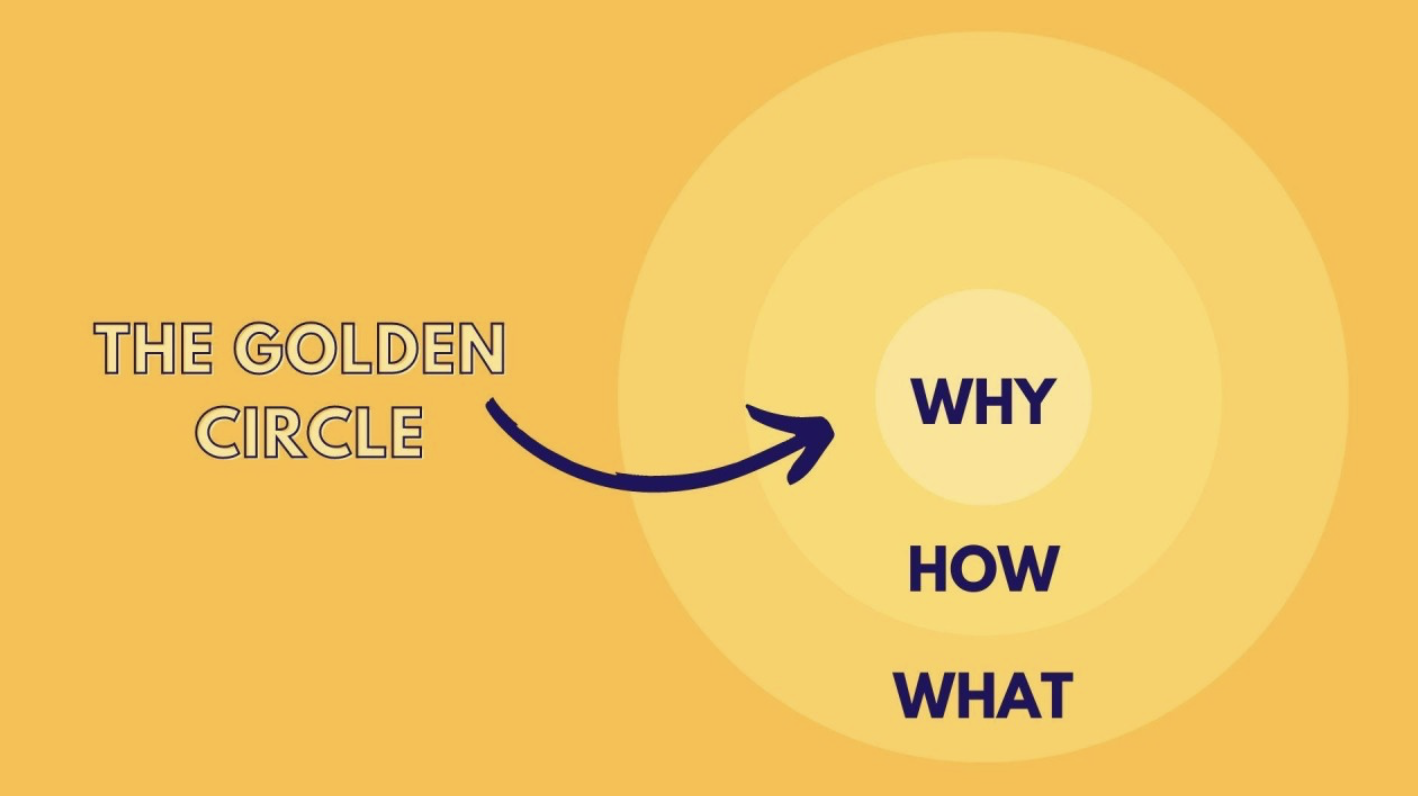Why Curious Leaders Build Better Teams
My younger self in school wasn’t the student in class firing off questions or challenging the teacher. I was taught that following instructions was the right way to be. That authority figures knew best, and the role of a “good” student was to obey, not question.
In hindsight, I realise our education system (I grew up in) didn’t exactly pave the way for curiosity. It favoured compliance over inquiry, answers over questions. If you were raised in a culture that encouraged questioning, good for you. But my curiosity was dampened for years.
Something shifted when I entered the the workplace. I found myself surrounded by colleagues and a culture to ask “why". They weren’t afraid to challenge concepts or ideas when it seemed off-course. Watching them was like getting permission to think differently.
It made me realise curiosity is a muscle. It’s how we develop a deeper understanding, spark innovation and create space for others to do the same.
When Curiosity Gets Crushed
On the contrary what happens where asking too many questions was seen as being difficult in an organisation? Leaders would shut down discussions with phrases like, "Just follow the plan," or "That's already been decided." Don’t challenge, don’t question, don’t rock the boat becomes the unspoken rule.
Over time, that kind of culture seeps into the fabric of the workplace. People stop speaking up. Talented team members stop offering ideas. Projects stay on autopilot. Psychological safety out the window.
Eventually, even the best people stop asking why and start just doing what they’re told, because it feels safer, not because they agree.
When leaders shut down curiosity, they silence questions and growth. The cost is morale, innovation, performance and trust.
Curiosity = Success?
Harvard Business School professor John Kotter followed the Class of 1974 for 20 years to understand what separated extraordinary achievers from the rest. He found that about 5% achieved far greater success, not because they were the smartest or the most charismatic.
They were the most curious.
They were driven by a need to understand and never stopped asking. While others moved forward with competence, this 5% changed industries, built companies, and left a legacy.
Start With Why
Simon Sinek’s concept of the golden circle reminds us that great leaders don’t just talk about what they do or how they do it. They start with why.
Starting with “why” taps into purpose, motivation, and direction. Without it, we risk drifting through tasks without meaning. With it, we spark clarity and action.
When we understand the “why” behind our work, it stops feeling like just a task, and starts becoming a contribution to a bigger purpose.
When Curiosity Becomes Culture
In Team Management
Leading with curiosity means asking, not assuming. It’s asking, “What do you think will work?” instead of giving the answer. “What is the challenge you're facing?” instead of swooping in with a solution.
It creates psychological safety where we invite our team to contribute, challenge, speak up, or even uncovering a blind spot that we didn't see.
In Client Relationships
Curiosity shifts client conversations from transactions into partnerships. Instead of assuming what the client wants, we go deeper by asking questions to reveal challenges beneath the surface:
"What does success really look like?"
"What are they worried might go wrong?"
In Project Management
Too many projects go off-track because no one asked the basic questions:
“Why are we doing this?”
“What problem are we actually solving?”
“What is the objective?”
Curiosity helps us filter the noise, zoom in on outcomes, and steer with purpose.
Communication That Connects
A curious question can change the quality of a conversation.
In negotiations, curiosity allows us to peel back the layers to understand what really matters to both sides:
“Help me understand your thinking.”
“What are the challenges you're facing?”
These are some simple phrases which could lower defences and create an open dialogue.
Overcoming the Discomfort
We don’t ask questions because we don’t want to seem ignorant. We rush to provide answers because the silence of uncertainty feels awkward.
But here’s the reframe: Curiosity is not a weakness, it is courage. It takes guts to say, “I don’t know. Can you help me understand?” When leaders go first, they give others permission to be brave too.
The Ripple Effect
When leaders embrace curiosity, something remarkable happens:
Teams ask better questions
Innovation increases
Silos break down
People feel seen and heard
Curiosity is contagious and cultural. Each question builds understanding. Creating conversations that deepen connection. Creates opportunities for us to learn and grow together.
Your Curiosity Challenge
This week, pick just one situation where you usually go into autopilot, for example:
A teammate who seems disengaged
A meeting that always feels like a checkbox
Instead of filling in the blanks with assumptions, ask one open-ended question. Something like:
“What’s been on your mind lately?”
“How are you really feeling about this project?”
You don’t have to fix anything right away. Just ask and let curiosity open a door.
The Harvard study made me learn the people who achieved extraordinary things were not the ones with all the answers. They were the ones bold enough to keep asking better questions.
Curiosity also helps us stay open, agile, and adaptable in a rapidly changing world shaped by AI and constant transformation.

